The Paradise area of Mount Rainier National Park has a wide variety of trails where you can see a wonderful selection of wildflowers. One of the shorter trails is the Skyline – Deadhorse Creek loop. While we found the Skyline Trail portion to be very crowded, the Deadhorse Creek section was not busy at all, and it provided both wildflowers and wonderful views. It’s not an easy trail, though!
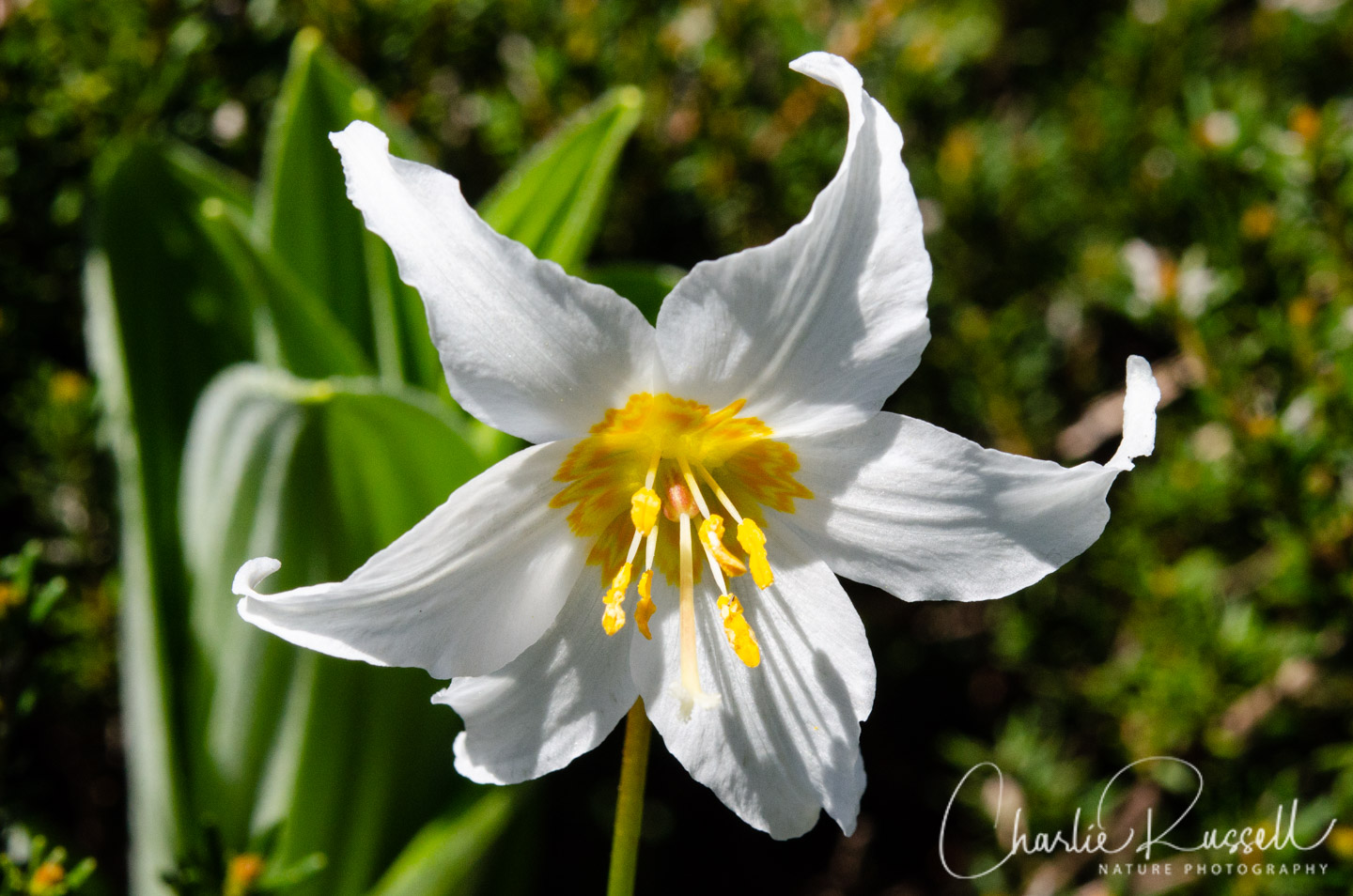
The Hike
This hike starts at the Paradise/ Henry Jackson Visitor Center, which is on the southern end of the park. There are multiple trails that start here, so I recommend going into the visitor center to ask the park rangers for a map and recommendations on where to go. The loop that we took was 1.6 miles long, which might not seem like a lot, but the first 3/4 of a mile goes straight up the mountain, and it is quite a climb!
Note that the entire trail is paved and you won’t get your feet wet by crossing any streams.
There are many intersecting trails on this hillside, and it can be a bit confusing. There are trail signs at most of the junctions, and if you have a map from the visitor center you can generally figure it out. However, even with a map, we missed one portion of the trail that we wanted to try. I’m not sure that we missed much, though. Most of the flowers were on the Deadhorse Creek portion, as we headed down the hill.
Starting at the stairs behind the visitor center we headed up the hill, slightly to the left, on Skyline Trail. This is a big loop, and if you take the right branch you head towards Myrtle Falls. If you take the farthest left side you head towards Nisqually Vista and the parking lots. This portion of the Skyline trail is very busy, and very steep. It is pretty, but not there isn’t a huge variety of wildflowers.
At about a half mile there is a junction for Deadhorse Creek. We turned here, although we should have continued further up on Skyline for another half mile until the next junction with Deadhorse Creek.
A few hundred yards further there is a junction with the Moraine trail, and we took the left branch to start heading downhill on the Deadhorse Creek trail. This open, relatively exposed area has wonderful views of the mountains to the south, and there were large numbers of Western Anemone (both in bloom and with their crazy seed heads).
From here the trail continues downhill at a reasonable slope, and there is a greater variety of wildflowers. If you look down the side you can see where the trail loops around, and we had a wonderful view of masses of Avalanche Lilies. Part way down this slope there is a junction to the Waterfall Trail, but we continued downhill on the Deadhorse Creek trail.

At the bottom of the hill there is another junction, head right to go to the Nisqually Vista trail, or left to take the Avalanche Lily trail back to the trailhead. If you haven’t seen the Nisqually Vista, I highly recommend taking that loop. It adds about a mile to the hike and provides you with a different view of Mount Rainier and the Nisqually glacier.
Here’s the track that we followed:
Skyline
Profile
Description
Move your mouse along the elevation graph to show the location on the map. The Refresh icon will re-center the map. The Expand icon will expand to full screen.
Directions
Mount Rainier has several different sections. This trailhead is in the Paradise area on the south end of the park, at the Henry Jackson Visitor Center. This is about 2 1/2 hours drive from downtown Seattle (depending on traffic). This is a great visitor center with exhibits, a snack bar, an information desk, and restrooms. Note, however, that this is a very busy area and parking can be complicated. The main parking area fills up fast, and there are several overflow parking lots further down the hill. I highly recommend arriving early in the day. The trailhead is immediately behind the visitor center.
Timing is Everything
You never really know what the weather will be when you are planning ahead for Mount Rainier. Be prepared for cold weather, but it can also be warm. On our visit in late July the weather was wonderful. Sunny, temperatures in the 60’s to low 70’s, no rain. We were a bit late for the Glacier lilies, but we hit the peak of the bloom for Avalanche lilies. If you are too early for good flowers here I suggest trying the Bench and Snow Lake hike, which is at a lower elevation so the bloom starts earlier.
The Flowers
Here’s a sample of a few of my favorites from this hike.
Western Anemone was the most common flower on the higher portions of the trail. This is also known as the Pasqueflower. Wonderful white blossoms, which turn to seed heads that either remind you of something from Dr. Seuss, or looks like a “mouse on a stick”.
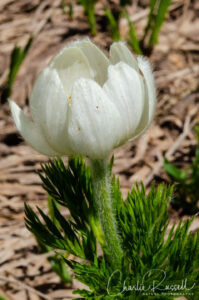
The star of the lower portions of the trail was the Avalanche Lily. There were so many of them it looked like there were drifts of snow!
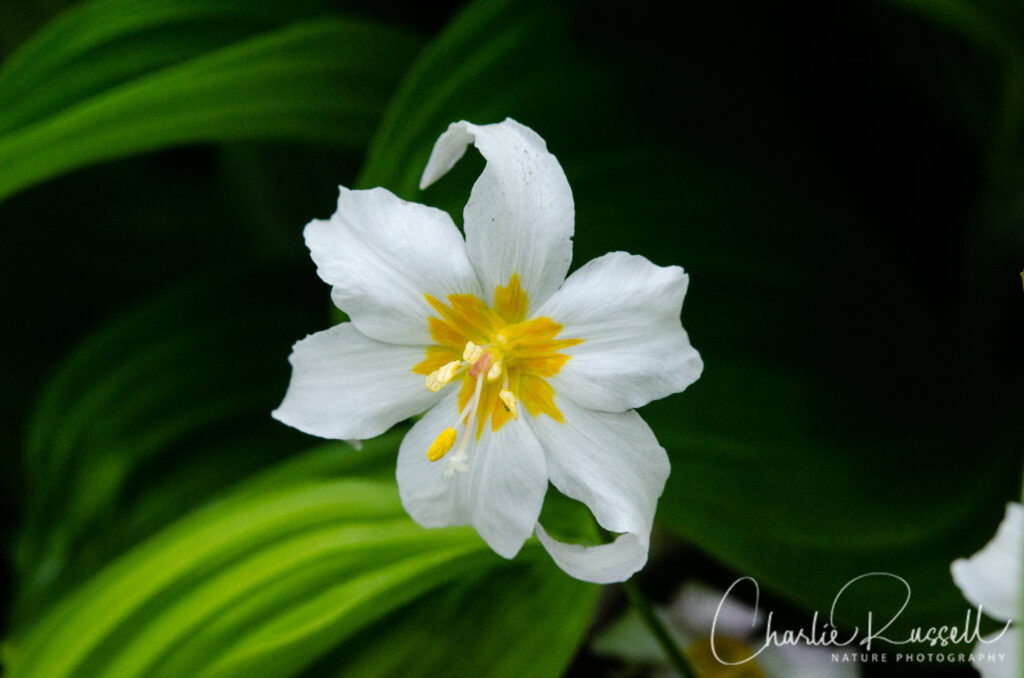
For the best viewing experience, click on the lightbox image below, and you can scroll through larger versions of the photos of many of the plants (and other things) that we found on this hike. All photos are available for purchase in a variety of formats.
Mount Rainier Deadhorse Creek Wildflowers
Here’s a listing of the native plants that we found on this visit.
- Avalanche Lily, Erythronium montanum
- Bracted Lousewort, Pedicularis bracteosa
- Fan-leaf Cinquefoil, Potentilla flabellifolia
- Magenta Paintbrush, Castilleja parviflora var. oreopola
- Pink Mountain Heather, Phyllodoce empetriformis
- Sitka Valerian, Valeriana sitchensis
- Spreading Phlox, Phlox diffusa
- Subalpine buttercup, Ranunculus eschscholtzii
- Huckleberry, Vaccinium spp.
- Western Anemone, aka Pasqueflower, Anemone occidentalis


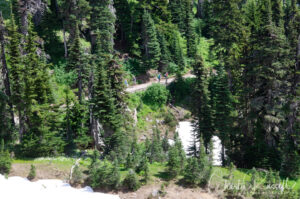
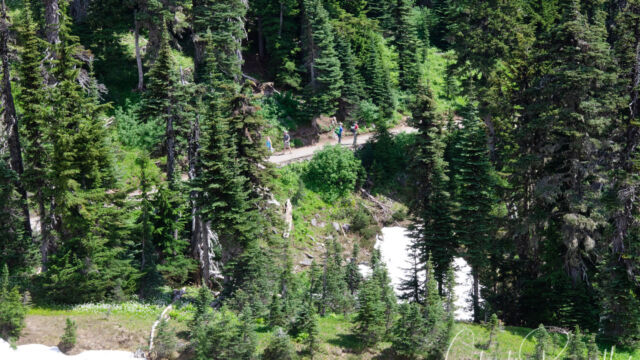
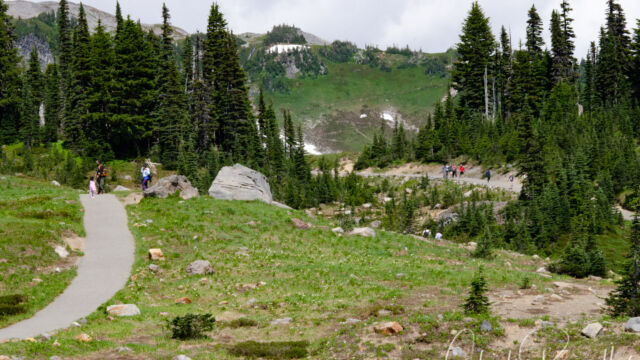


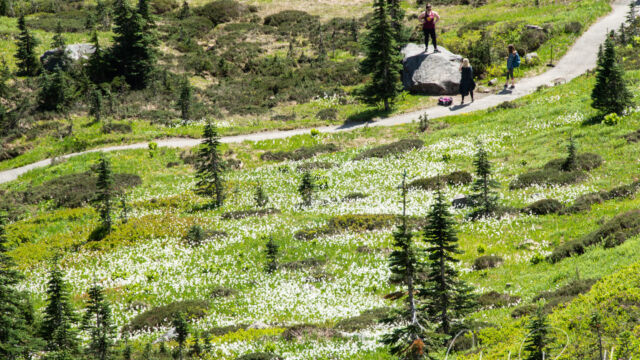




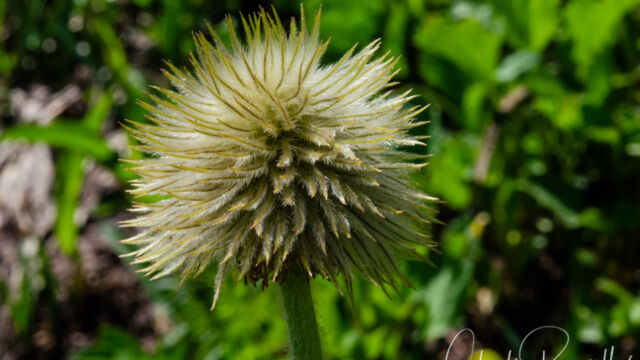
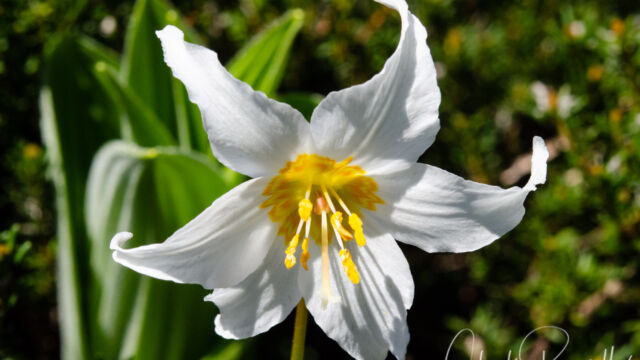
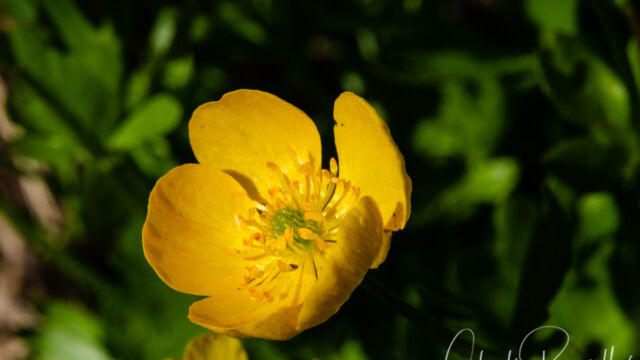
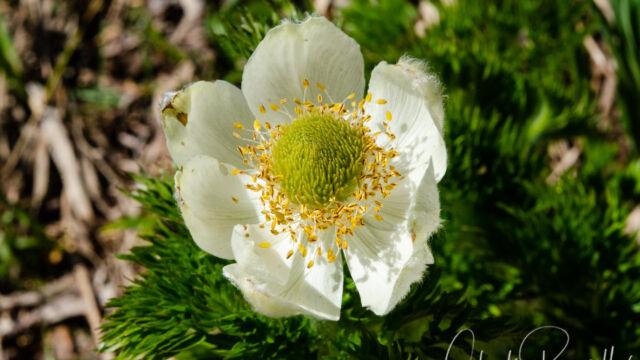


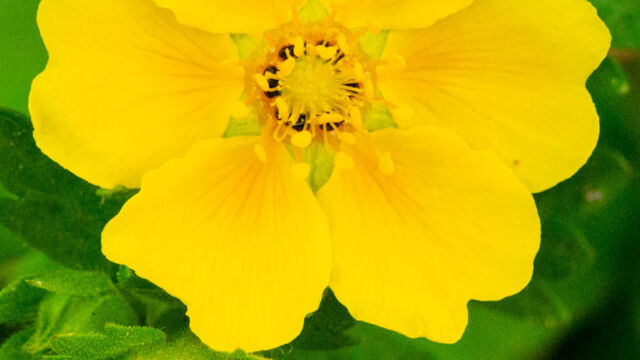
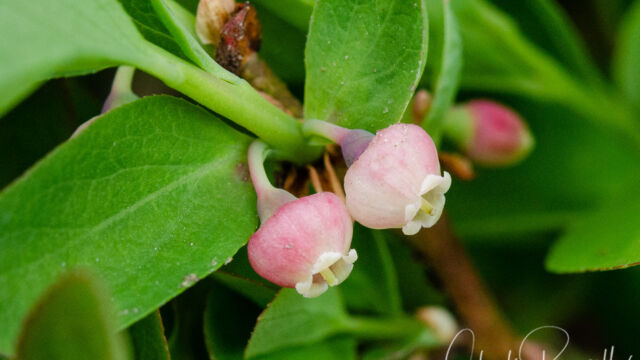

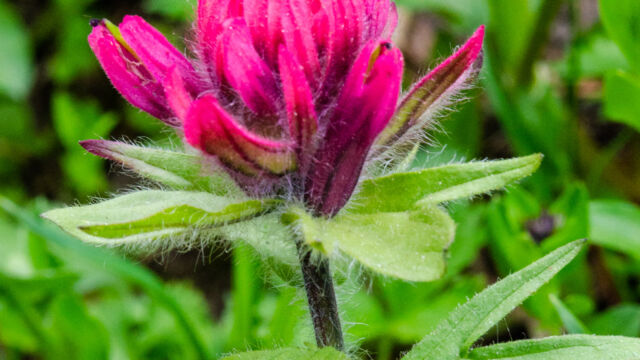
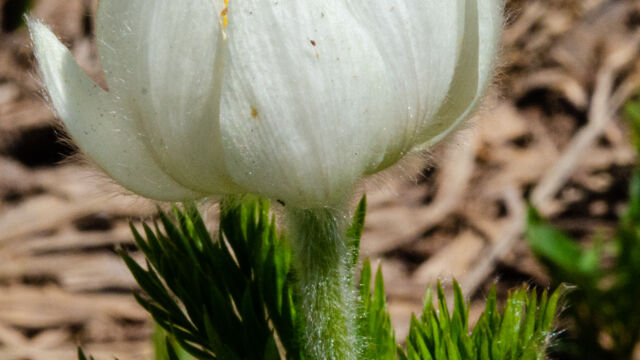
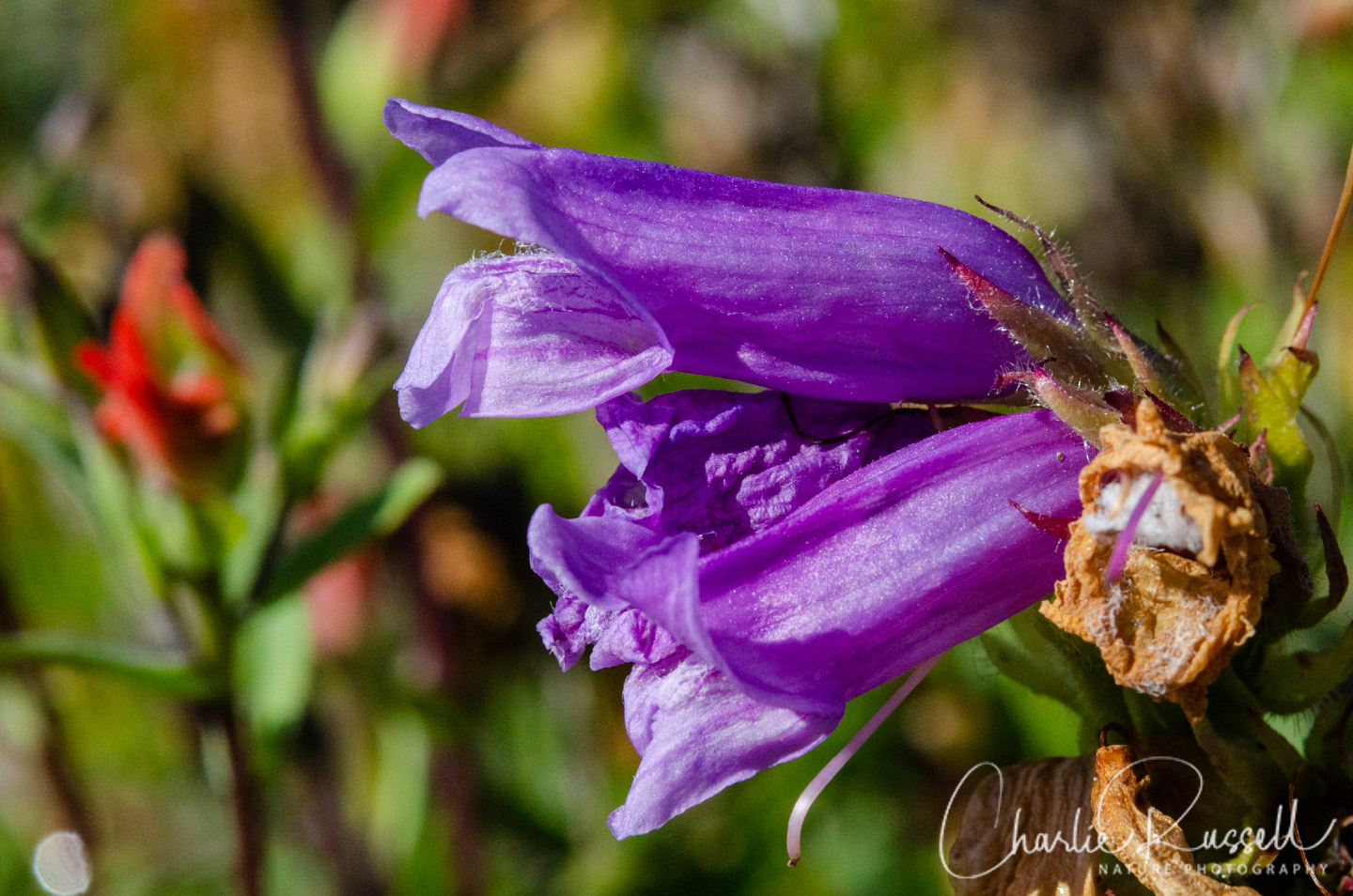
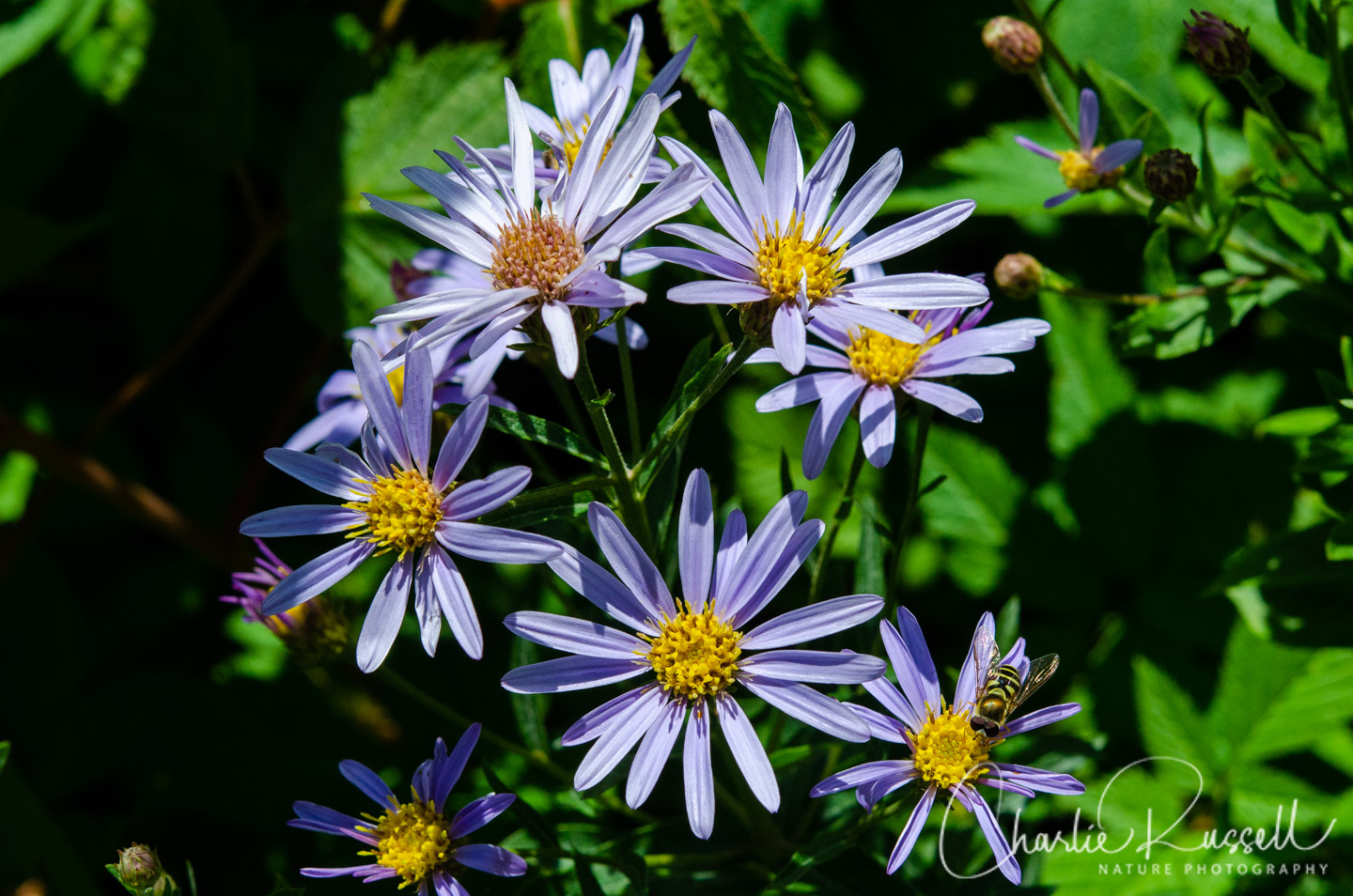
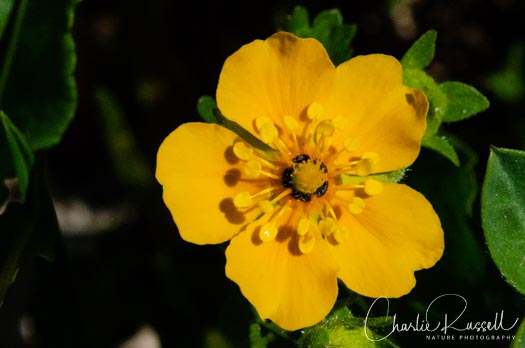
Add comment